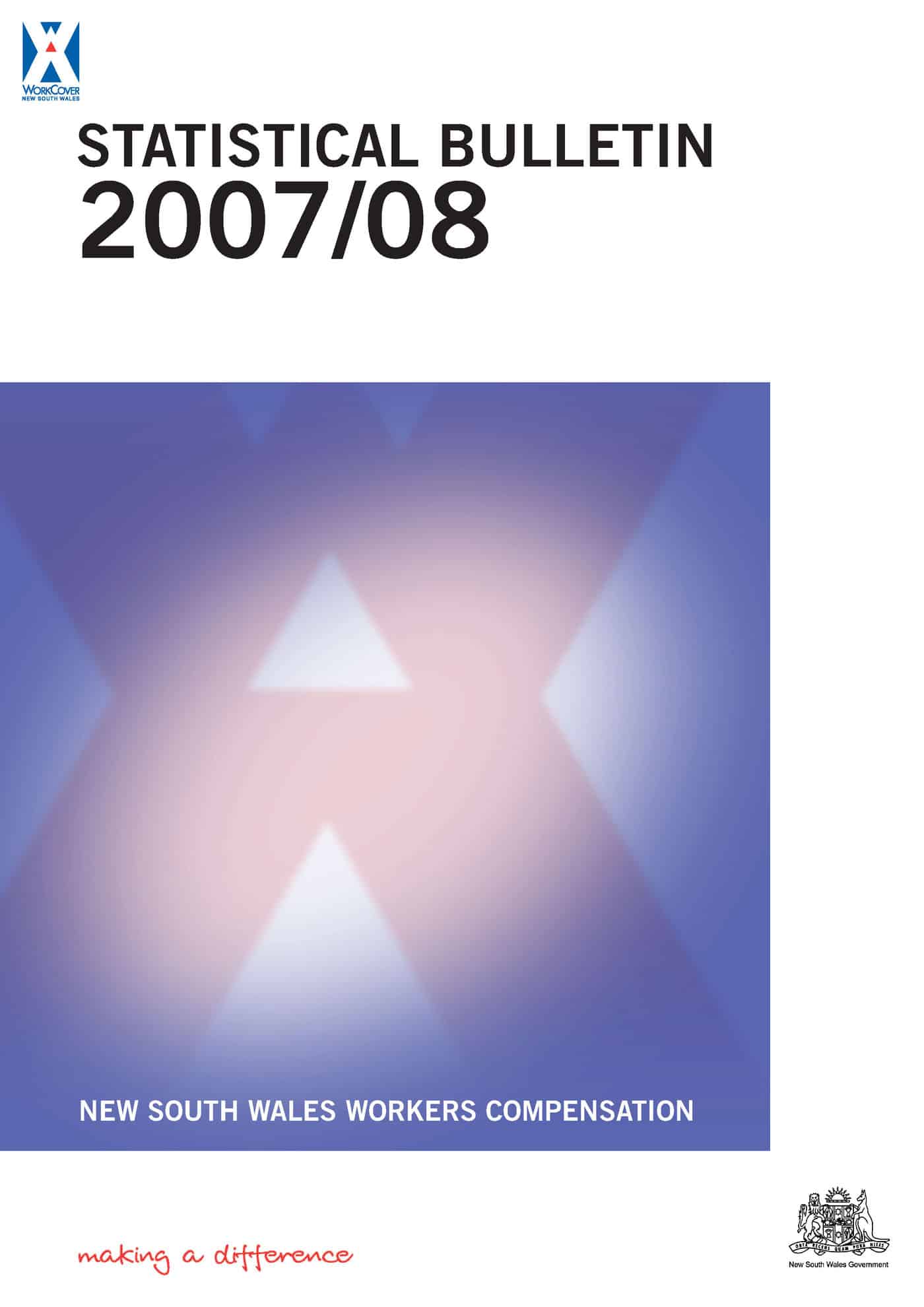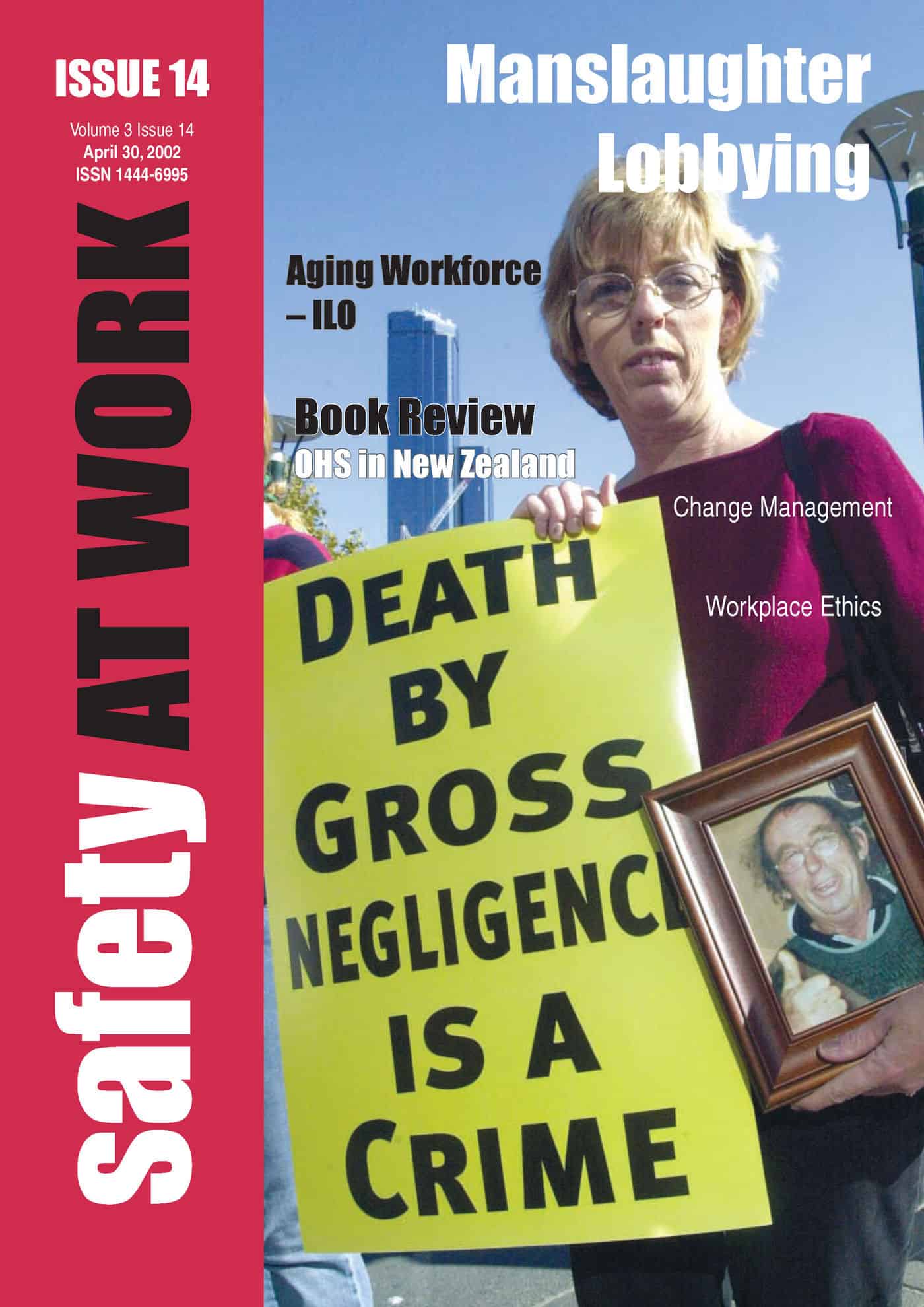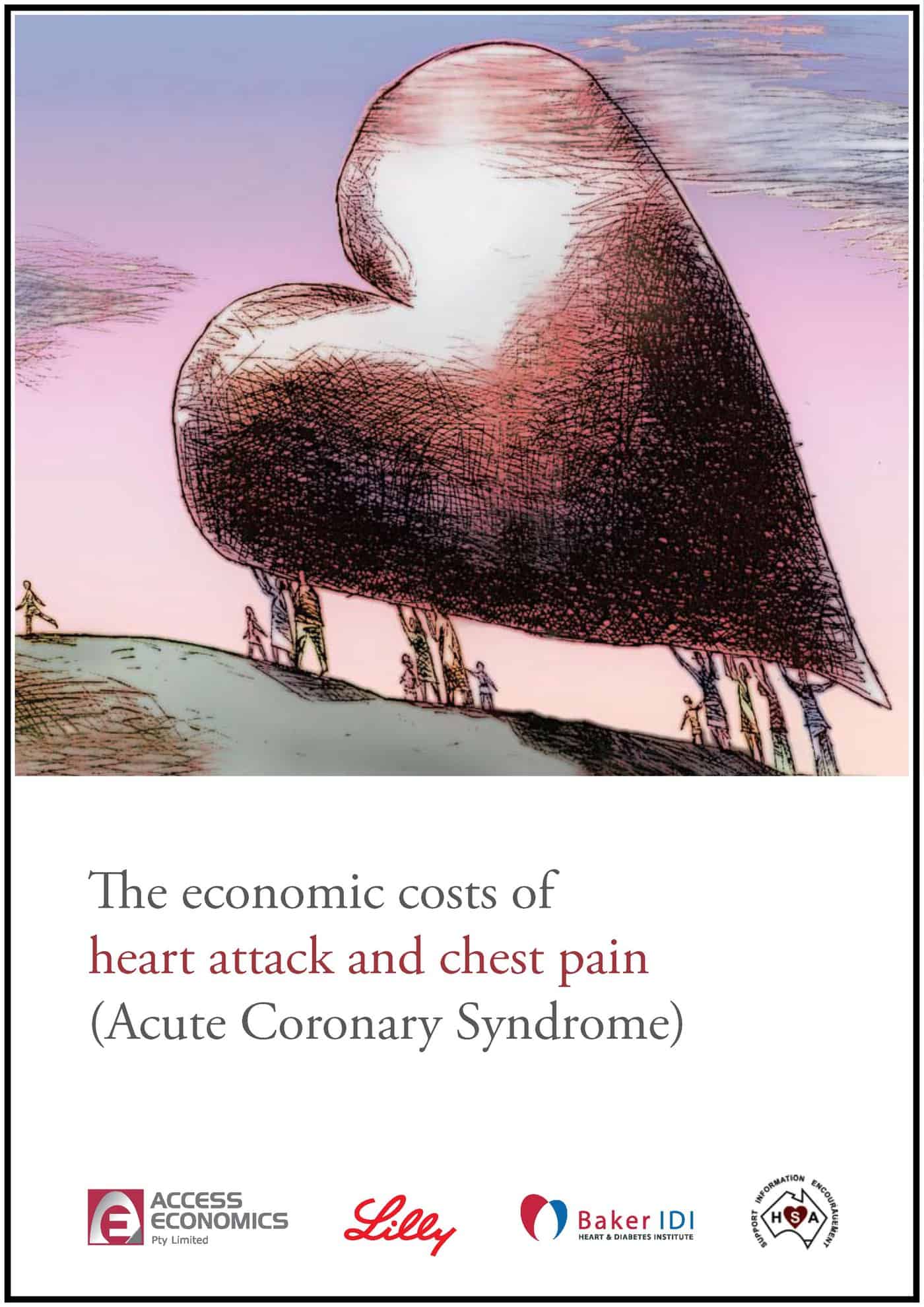BHP Billiton’s production report has generated some OHS-related interest in the Australian business media on 23 July 2009, but not all. [SafetyAtWorkBlog has written several pieces about BHP Billiton‘s safety record]
The company’s iron ore production has fallen short of its May 2009 guidance. Iron ore is the only division where production has dropped. The Age newspaper reports that the five deaths “forced a production slowdown” and noted the Western Australian government’s review of BHP’s safety management.
Malcolm Maiden’s commentary in the same newspaper mentions the BHP production results but describes the five workplace fatalities as “production glitches”. He writes
“Production glitches for both companies [BHP Billiton & Rio Tinto] might have been handled better if their iron ore operations were merged, as is now proposed.”
Safety management may have been improved. Rio Tinto’s OHS performance is considerably better but the description of the fatalities as “production glitches” is cold.
This contrasts considerably with the coverage provided to the BHP results by the Australian Financial Review (AFR) which listed the issue on the front page with the headline “Poor safety record hits BHP output” (full article not available online without a subscription). AFR says
“the safety issues overshadowed better than expected results from BHP’s petroleum and metallurgical coal units….”
There was no overshadowing according to the writers in The Age.
The AFR article identifies a raft of safety matters that illustrates well the OHS status of BHP Billiton and emphasises just how serious the workplace fatalities are.
- “Tensions with the WA government [over a variety of issues, including safety] have escalated…”
- Seven BHP workers died in Australia and South Africa in 2008/09.
- “Eleven BHP staff… died while on the job in 2008.”
- On 22 July 2009 WA Minister for Mines & Petroleum, Norman Moore, praised BHP’s efforts to improve safety but said “It is very difficult to understand sometimes why fatalities occur within the safety frameworks that operate in most major mining companies…” said on 22 July 2009
Warren Edney, an analyst with the Royal Bank of Scotland and occasional media commentator, spoke in relation to the safety record of BHP’s Pilbara operations, where five workers died. He said in the AFR article:
“It’s better than Chinese underground coalmining but that’s not a big tick, is it?… In part you’d say that we’ve undergone this mining boom in WA so you’ve got workers who haven’t had the safety brainwashing that other parts of the workforce may have had over the last 10 years. Part of it reflects that and part of it may be that people get pressed to do things quicker.” [my emphasis]
It seems odd to compare the safety performance of an open-cut Australian iron ore mine with “Chinese underground coalmining”. Similarly describing safety education and training as “safety brainwashing” is unusual. SafetyAtWorkBlog has contacted the Royal Bank of Scotland for clarification of Warren Edney’s comments.
The AFR has almost been leading the Australian media pack on reporting of safety management in 2009, partly due to the OHS harmonisation regulatory program and its impact on business costs. This may also be due to some of the concerns about increased union activity on worksites under the new industrial relations legislation. The AFR should be congratulated for discussing the OHS context of BHP’s iron ore production figures and providing a front page prominence.






 The policy has been allowed to fade from the books of most of the Australian left-wing parties but for a while, corporate manslaughter was THE issue. In fact over the last 10 years, it has been the only time that directors and CEOs from thousands of companies have paid serious attention to safety management.
The policy has been allowed to fade from the books of most of the Australian left-wing parties but for a while, corporate manslaughter was THE issue. In fact over the last 10 years, it has been the only time that directors and CEOs from thousands of companies have paid serious attention to safety management.

